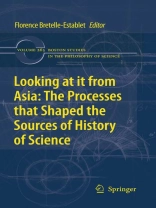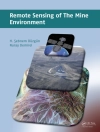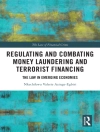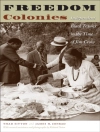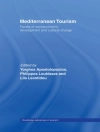How do Documents Become Sources? Perspectives from Asia and Science Florence Bretelle-Establet From Documents to Sources in Historiography The present volume develops a specific type of critical analysis of the written documents that have become historians’ sources. For reasons that will be explained later, the history of science in Asia has been taken as a framework. However, the issue addressed is general in scope. It emerged from reflections on a problem that may seem common to historians: why, among the huge mass of written documents available to historians, some have been well studied while others have been dismissed or ignored? The question of historical sources and their (unequal) use in historiography is not new. Which documents have been used and favored as historical sources by historians has been a key historiographical issue that has occupied a large space in the historical production of the last four decades, in France at least.
قائمة المحتويات
Collecting documents: which impact on the material and social life of documentand on historiography?s.- Formation and Administration of the Collections of Literary and Scholarly Tablets in First Millennium Babylonia.- The Textual Form of Knowledge: Occult Miscellanies in Ancient and Medieval Chinese Manuscripts, Fourth Century B.C. to Tenth Century A.D..- Sanskrit Scientific Libraries and Their Uses: Examples and Problems of the Early Modern Period.- The French Jesuit Manuscripts on Indian Astronomy: The Narratology and Mystery Surrounding a Late Seventeenth – Early Eighteenth Century Project.- Scientific Texts in Contest, 1600–1800.- Reading Actors’ Collections And Archives, Reading Beyond Collections And Archives That Shaped The Present Day Historiography: New Perspectives On The History Of Science In Asia..- A Chinese Canon in Mathematics and Its Two Layers of Commentaries: Reading a Collection of Texts as Shaped by Actors.- On Sanskrit Commentaries Dealing with Mathematics (Fifth–Twelfth Century).- Mesopotamian Metrological Lists And Tables:Forgotten Sources.- What Shaped Our Corpuses of Astral and Mathematical Cuneiform Texts?.- Knowledge and Practice of Mathematics in Late Ming Daily life Encyclopedias.- Is the Lower Yangzi River Region the Only Seat of Medical Knowledge in Late Imperial China? A Glance at the Far South Region and at Its Medical Documents.- Imperial Science Written in Manchu in Early Qing China: Does It Matter?.- Sinification as Limitation: Minh M?ng’s Prohibition on Use of Nôm and the Resulting Marginalization of Nôm Medical Texts.
